Today, the biggest news comes from Ukraine.
Almost four years of war have forced the warring sides to adapt to the battlefield realities, which are now dominated by various types of drones. In modern warfare, even simple fishing nets have become an invaluable asset for holding defense and shielding logistical routes leading to the zero line.

Old horsehair fishing nets from Brittany, previously used to catch monkfish, are now being repurposed to help defend Ukraine’s frontlines from Russian drones. France has supplied 280 kilometers of this netting, which is being deployed over trenches and roadways to create barriers that disrupt and capture incoming drones, functioning much like a web ensnaring an insect. Attack drones are now creating a 15-kilometer kill zone from the frontline, but some FPV’s can reach 40 kilometers deep, which hinders the ability of the warring parties to maintain stable supplies for their troops on the zero line.
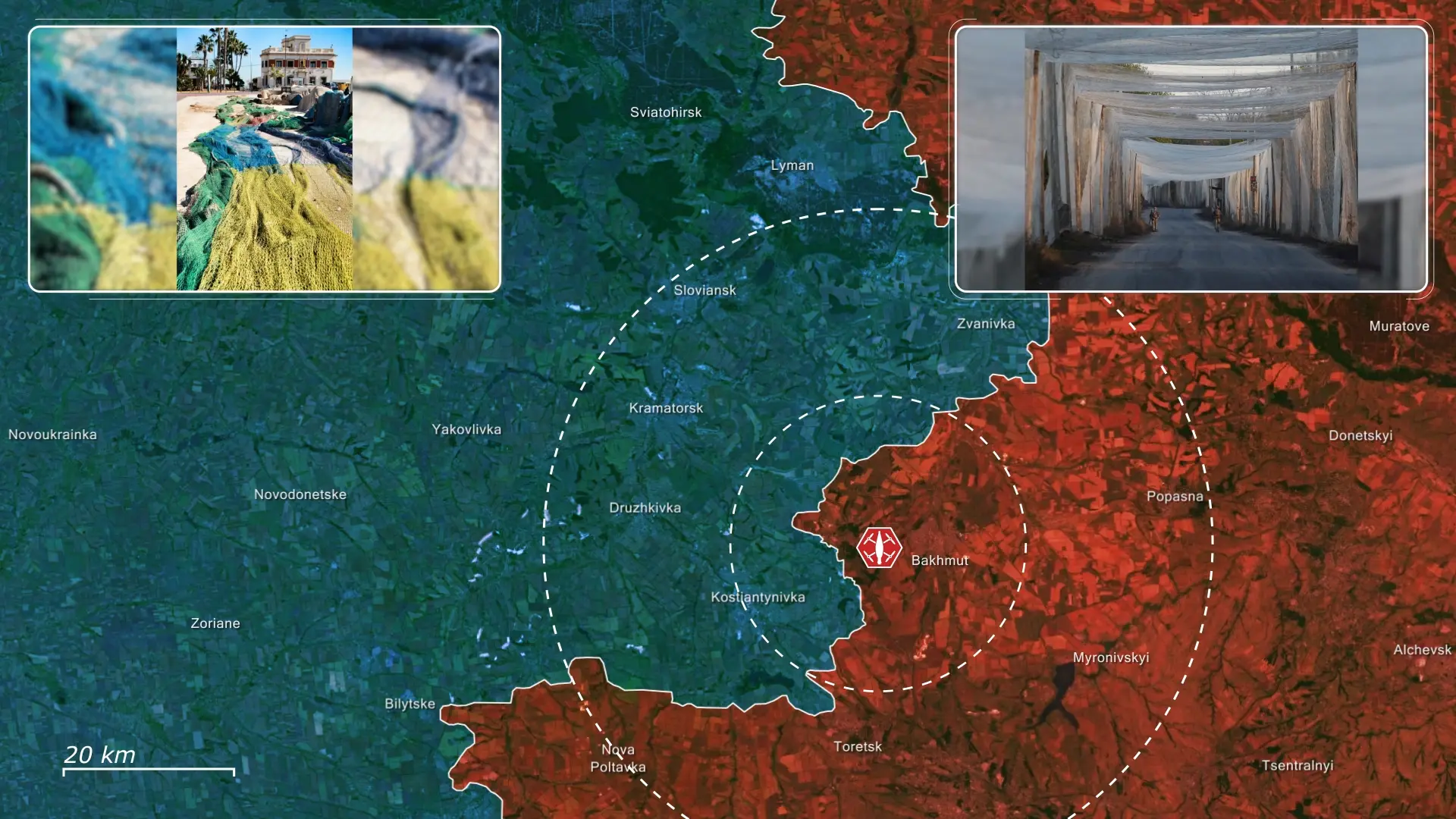
A protective measure consists of excavating to a depth of 10 to 15 meters and placing wooden or metal poles at intervals of 20 to 50 meters beside the road. Then, durable mesh netting is stretched taut between the poles and secured with wires or ropes.
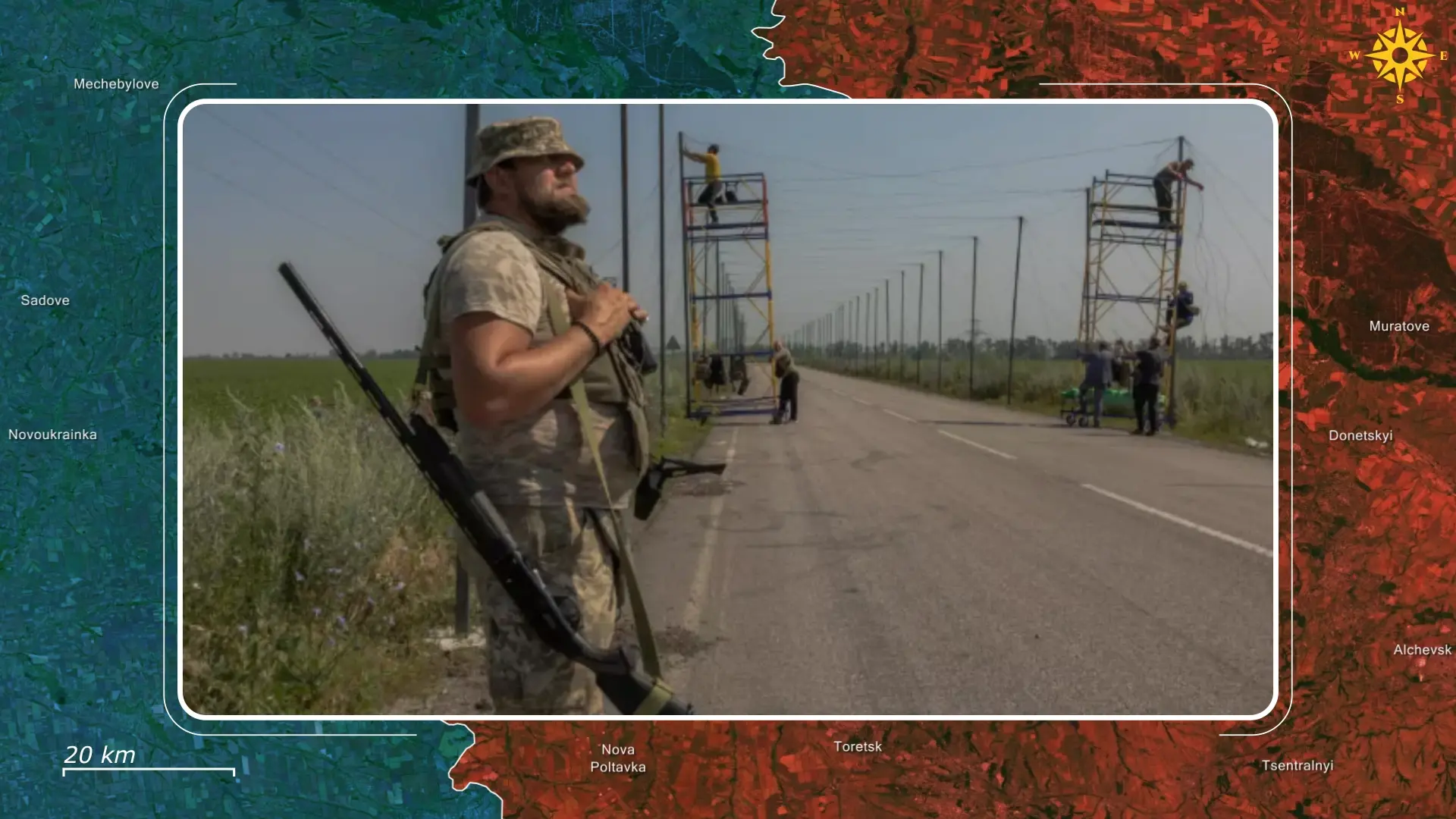
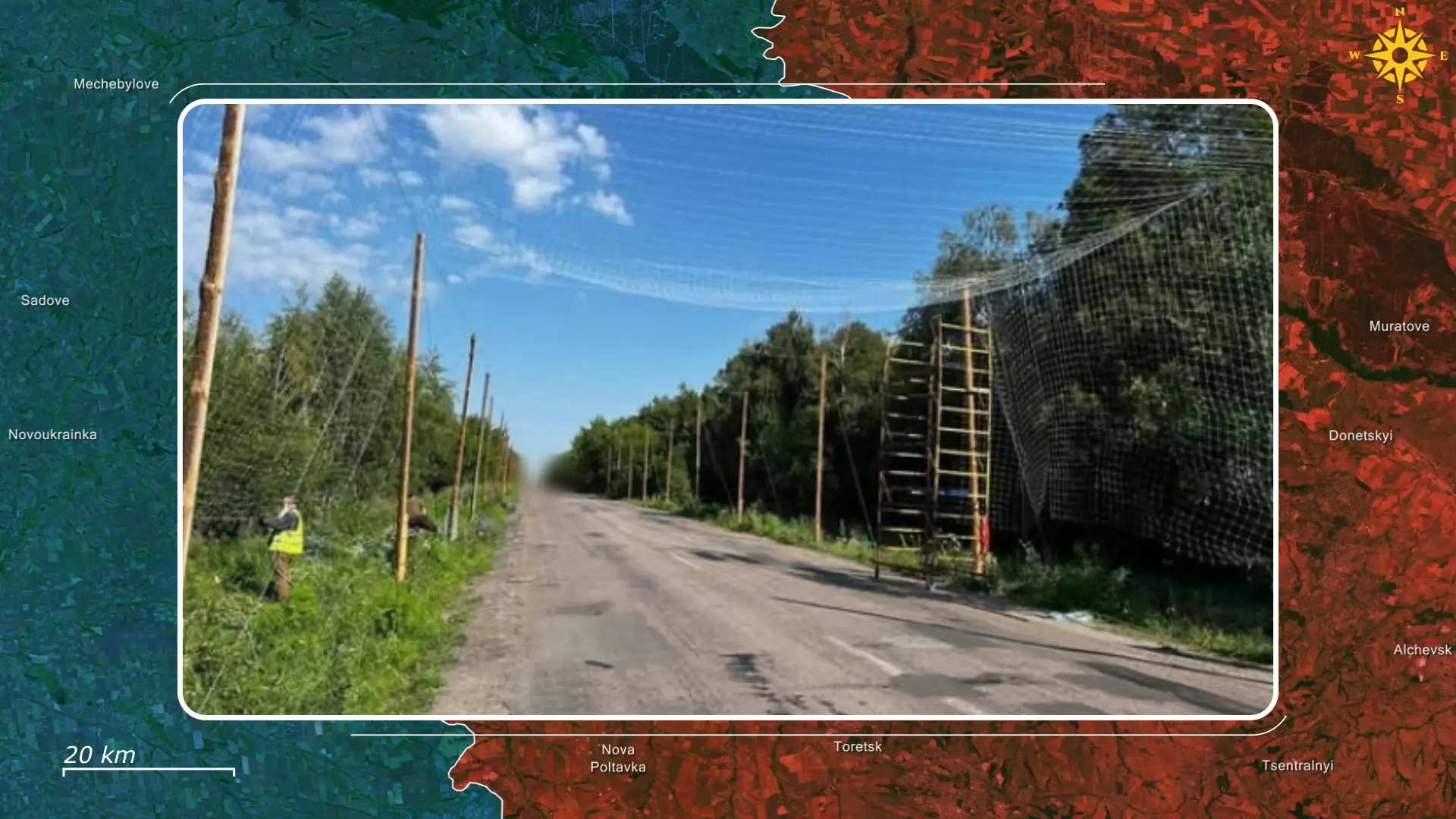
The nets are layered or crisscrossed at an angle to create a sloped structure that spans the full width of the roadway, forming a de facto anti-drone tunnel to safeguard road-based logistics and troop movements. The netting can also be camouflaged with foliage or painted to blend with the surroundings, reducing visual detection from afar.
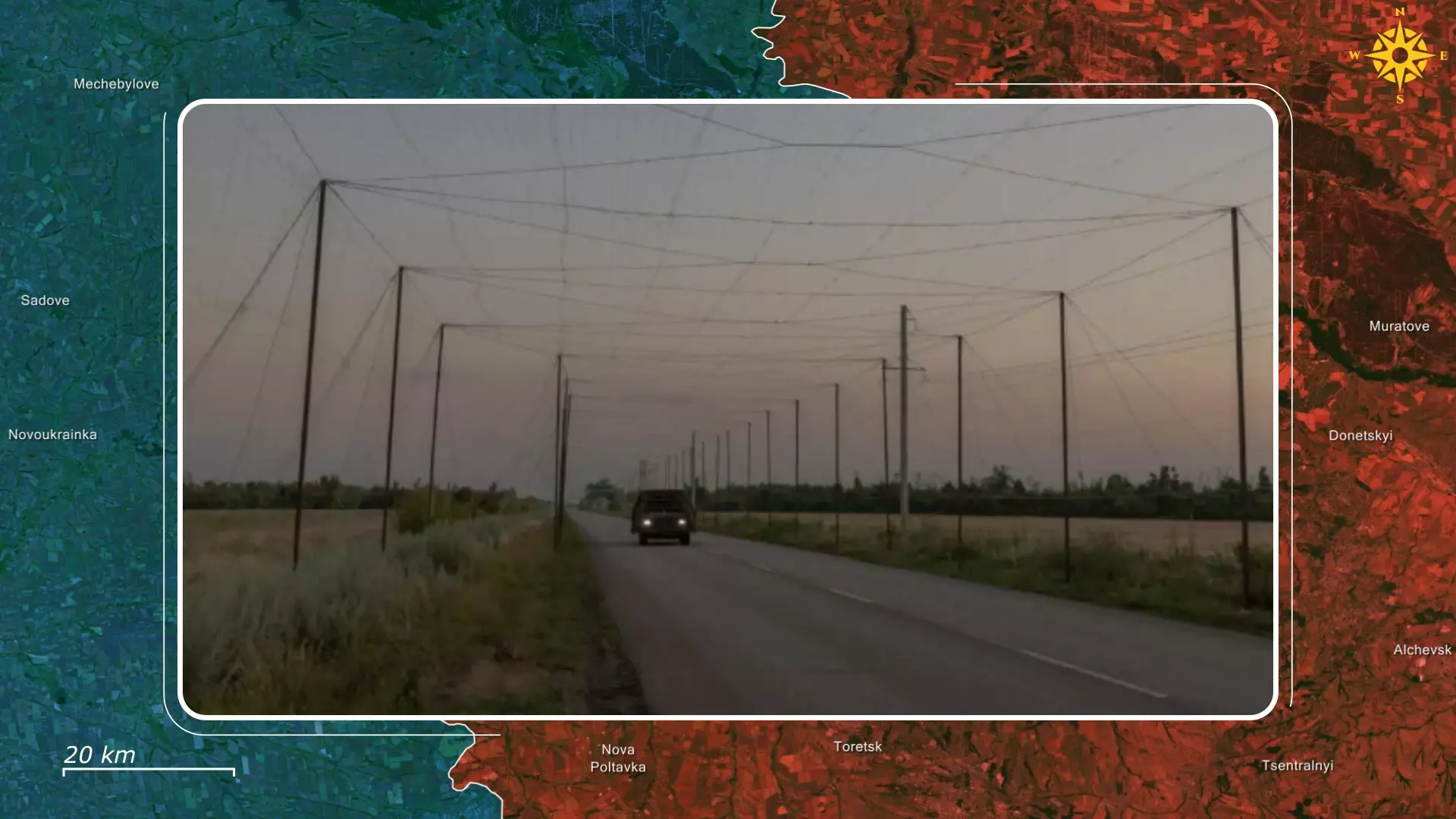
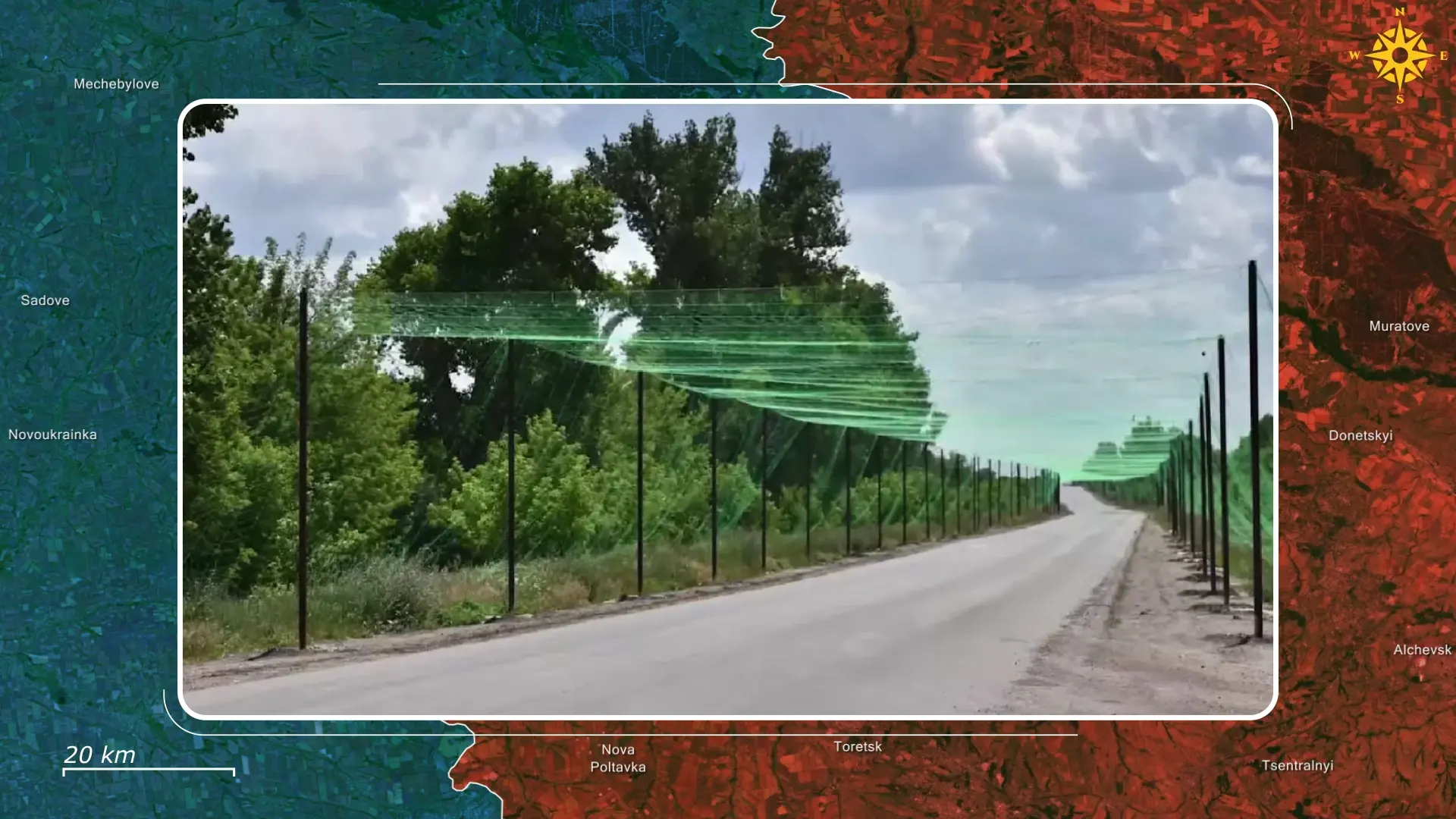
It provides a low-tech, physical countermeasure that's quick to deploy and effective against low-flying drones, which try to evade detection. Overhead nets are employed because drones are unable to penetrate them, as they become easily entangled before their explosive payloads can be activated, effectively neutralizing them.
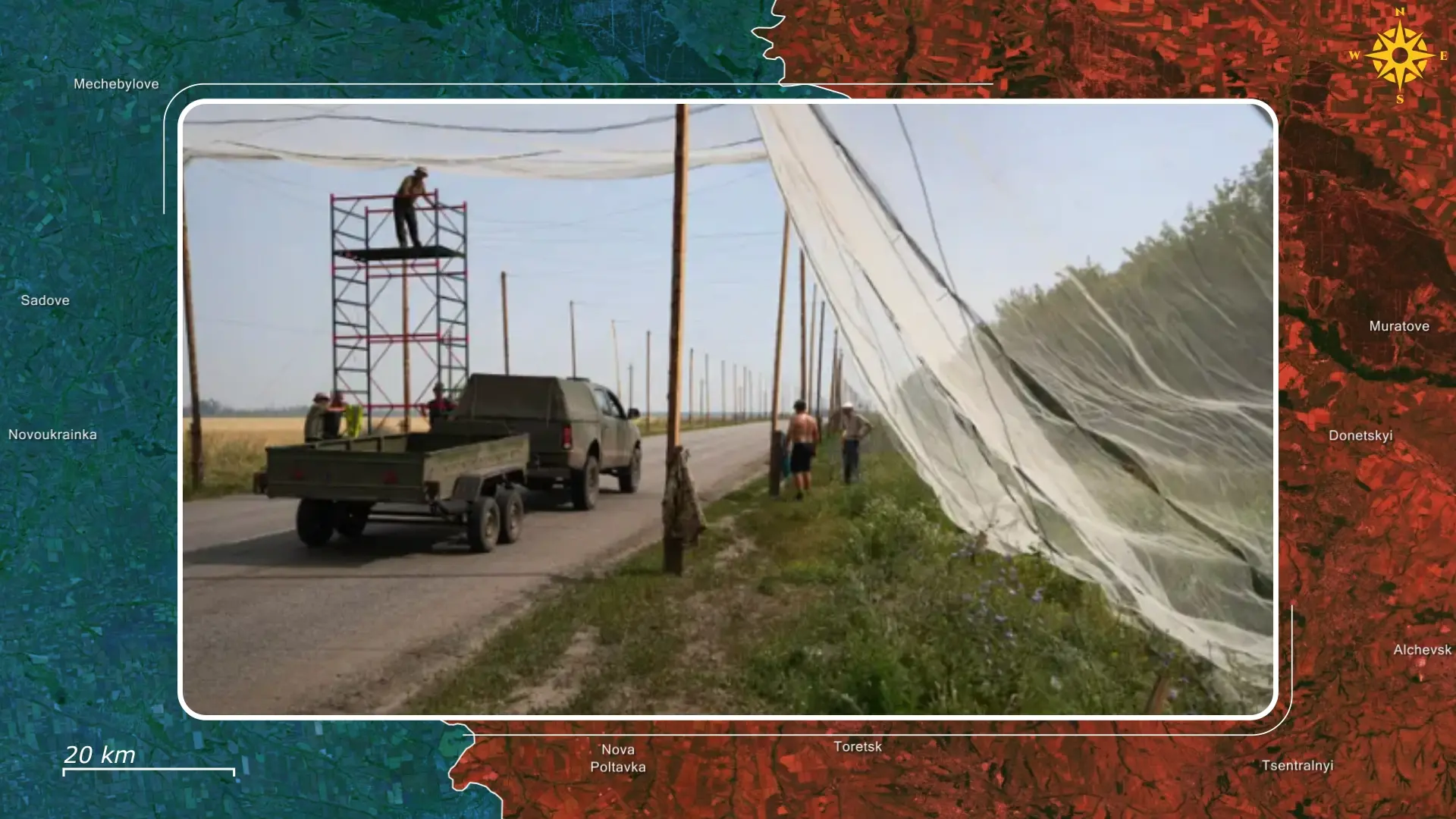
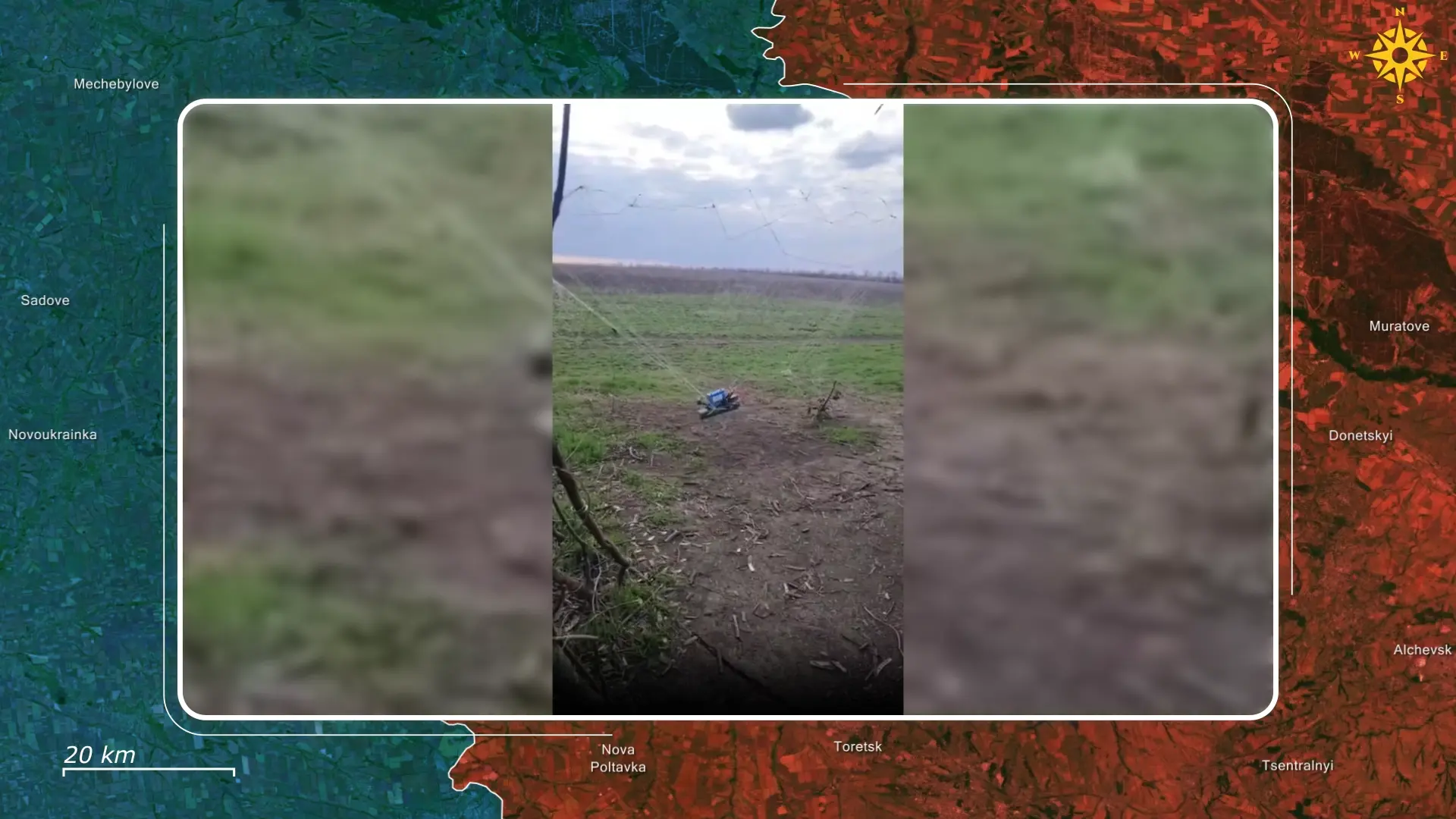
These nets have proven very effective in some cases, as they are a scalable, easy-to-produce, and cheap solution, costing approximately 50 to 300 euros per linear meter that can outperform electronic warfare by providing constant, passive defense.
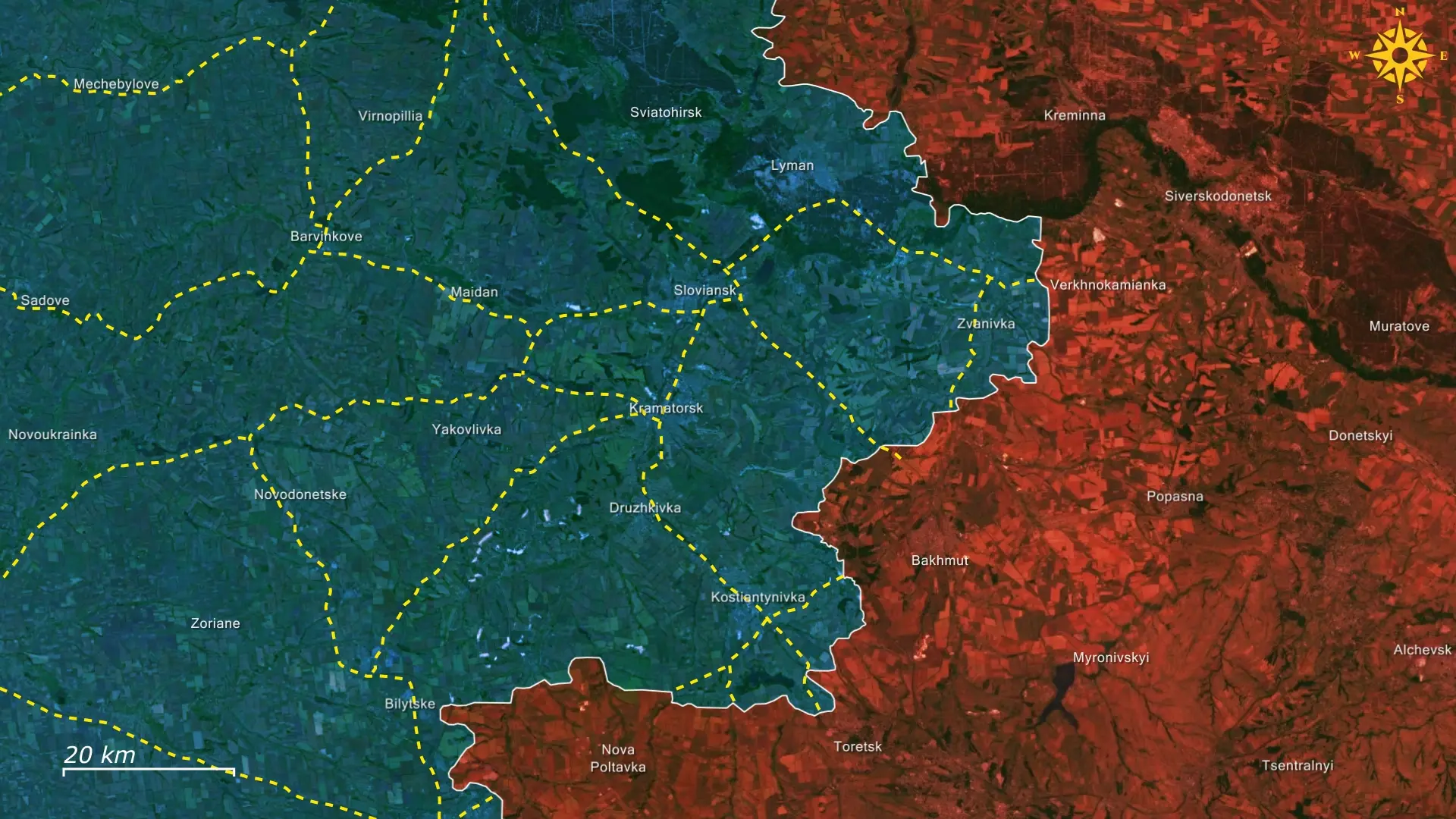
The mesh tunnels enable civilian or military casualty evacuations and keep supply lines open and more protected. The nets work day and night, without needing any electricity, fuel, or crew to operate once installed. These protective structures physically stop or entangle 70 to 95 percent of these drones that try to fly under the canopy, making them highly effective. The meshes are also easy to construct, as a trained team can cover from 500 to 1000 meters per day with basic tools, while repairs can also be done quickly.
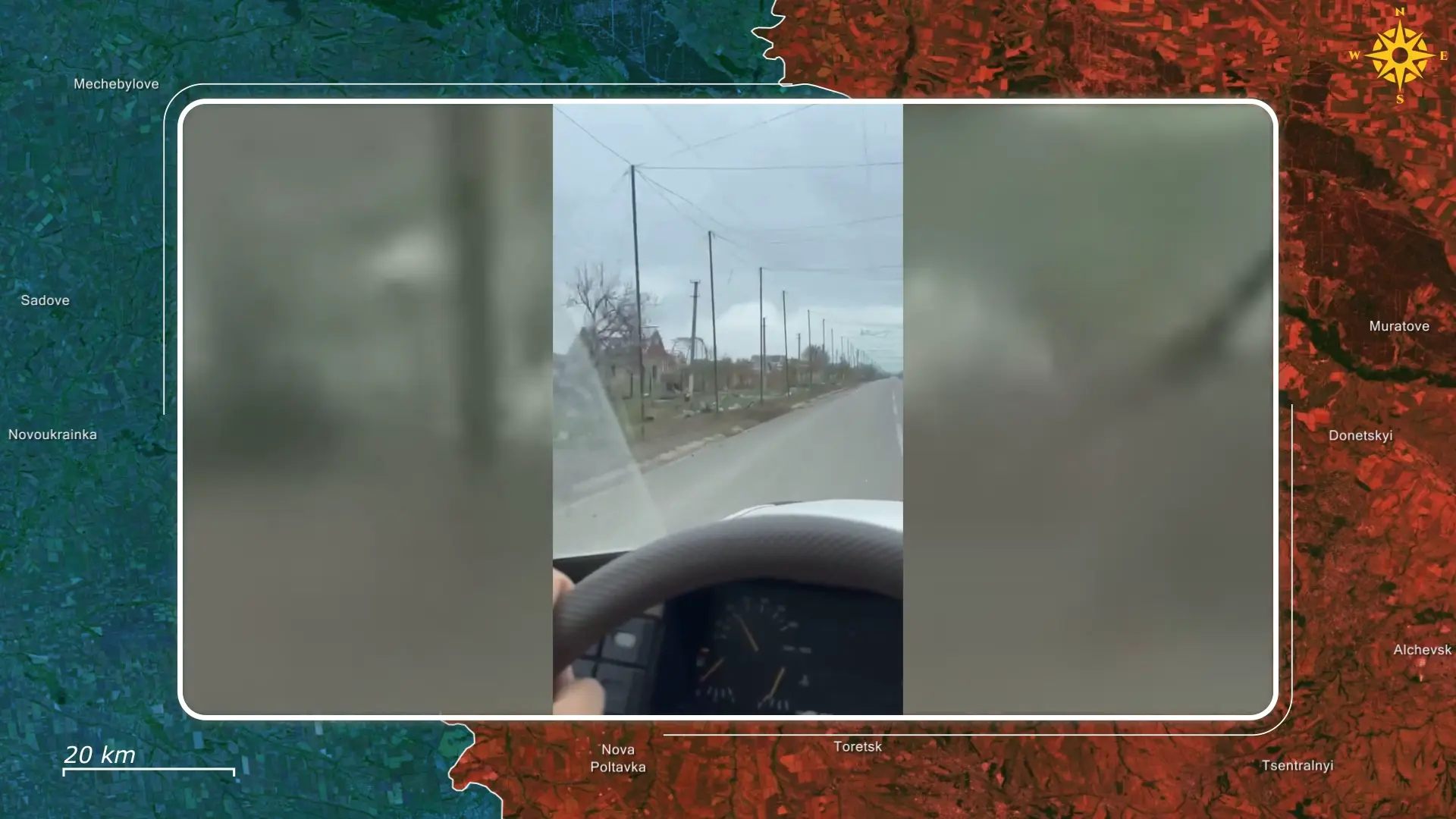
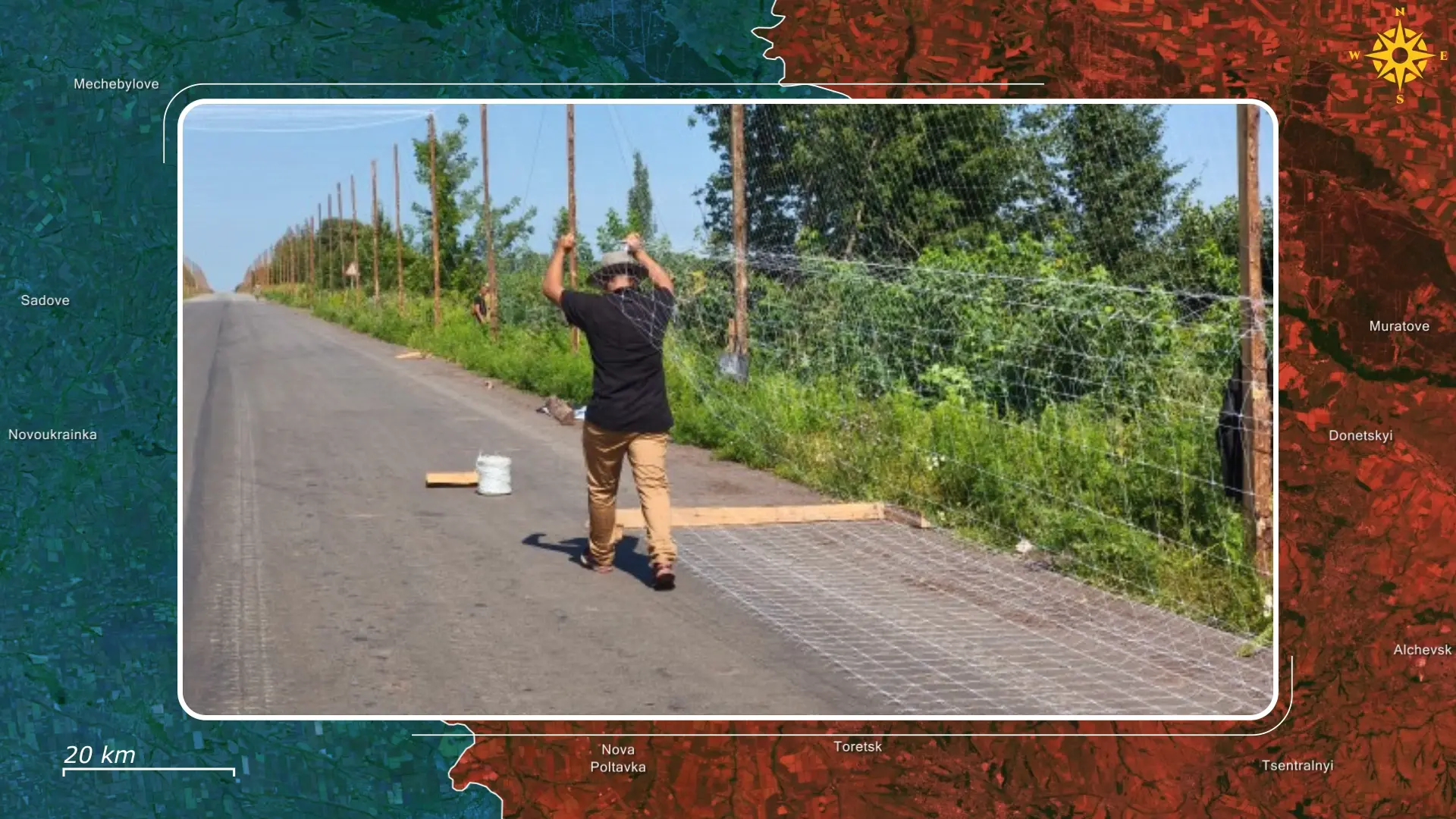
There are also disadvantages when it comes to protective nets, as these are easy to destroy by heavy weapons, such as artillery or glide bombs. FPV drones are mostly ineffective against meshes, but these can also strike the poles of the net, collapsing the whole structure. If the net breaks, it creates a hole, which the approaching vehicle is not aware of, creating a false sense of safety. Skilled Russian pilots are also exploiting gaps at tunnel ends, road curves, or elevation changes by flying ultra-low or timing attacks for vehicle exposure outside the net. Nets are constantly degrading from weather, debris, or partial drone impacts, requiring frequent repairs.

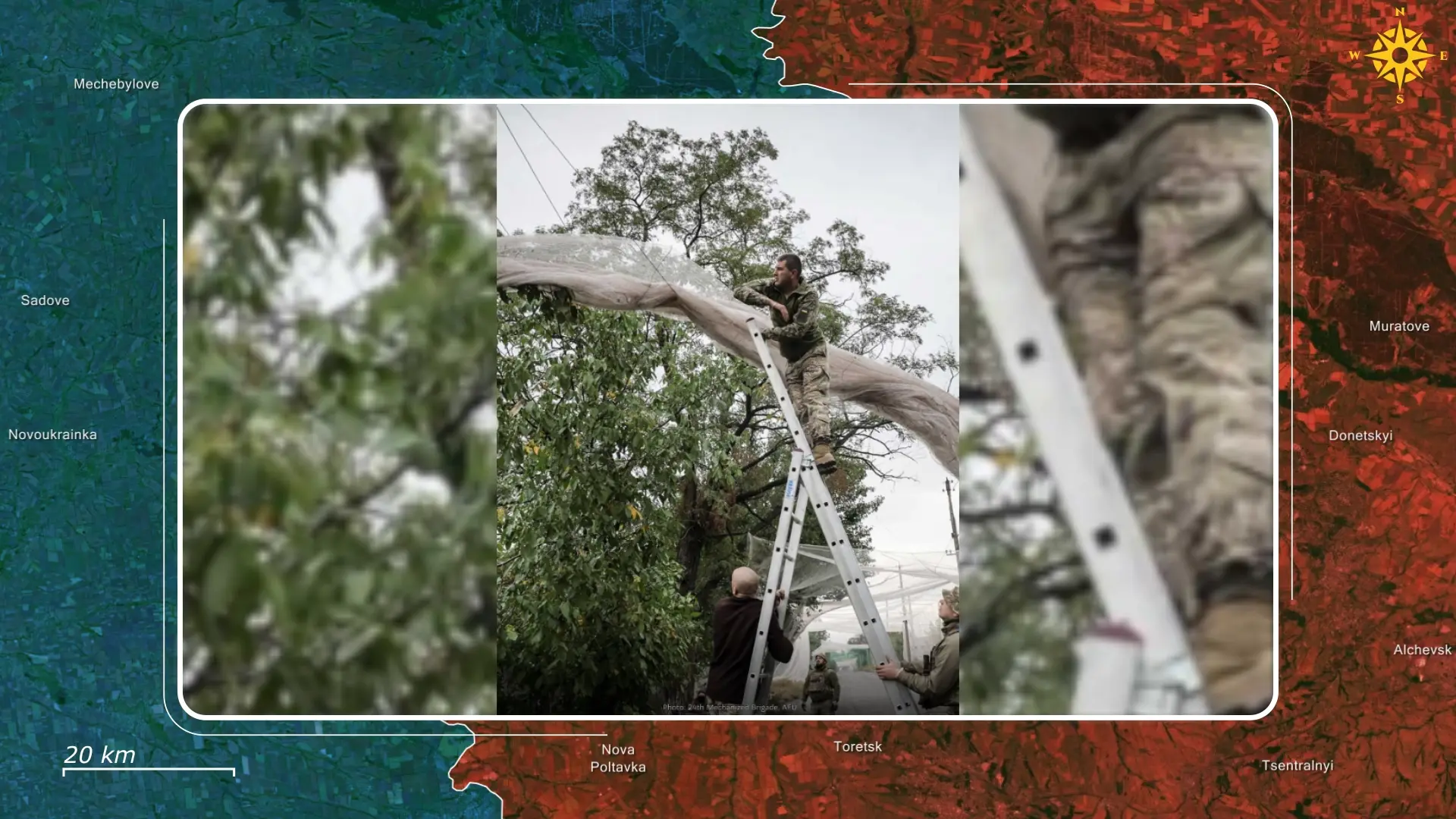
Anti-drone tunnels are used by both sides; for example, Russia is using them on the road from Bakhmut to Chasiv Yar, which proved to be partially effective as vehicle loss reductions are estimated at 40 to 70 percent along protected routes. In the Donetsk region, including along the road to Chasiv Yar, the installation of overhead anti-drone nets reduced daily Russian-inflicted truck losses from several per day to nearly zero.

Ukraine has constructed a 6.5 kilometer net near Orikhiv, in the Zaporizhia oblast, which reduced losses on that road by approximately 90 percent within the first month. There are also nets deployed in Kharkiv and Zaporizhia cities to protect civilians from daily Russian strikes.
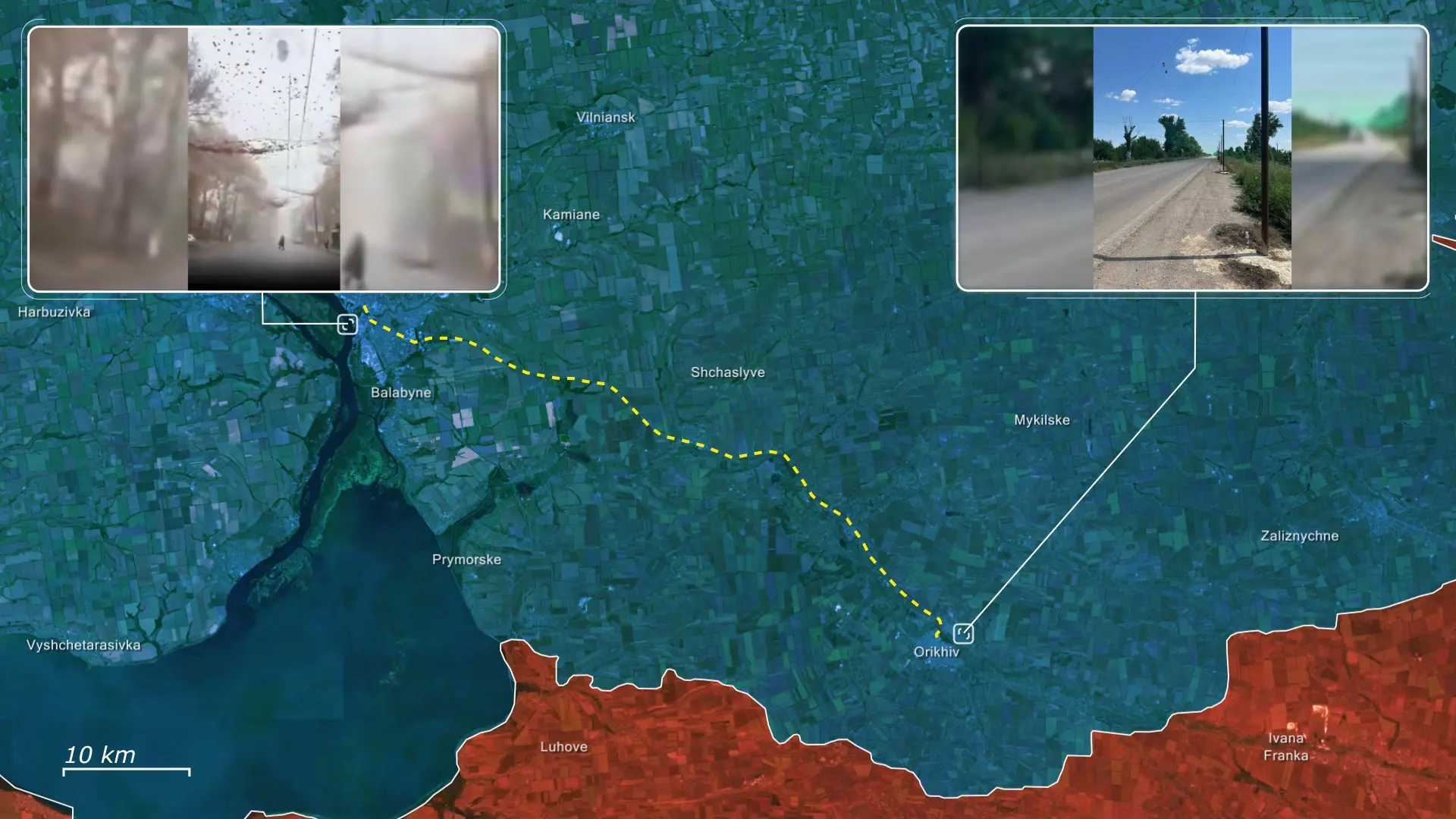
Overall, anti-drone nets are an effective and cheap way to reduce vehicle and manpower losses on the supply routes towards the frontline. Statistics show that Russia doesn’t have a unified and standardized approach, which makes its nets less effective compared to their Ukrainian counterparts. Protective nets are not a standalone solution, as they need to be complemented by other anti-drone measures, such as kinetic weapons or electronic warfare devices.
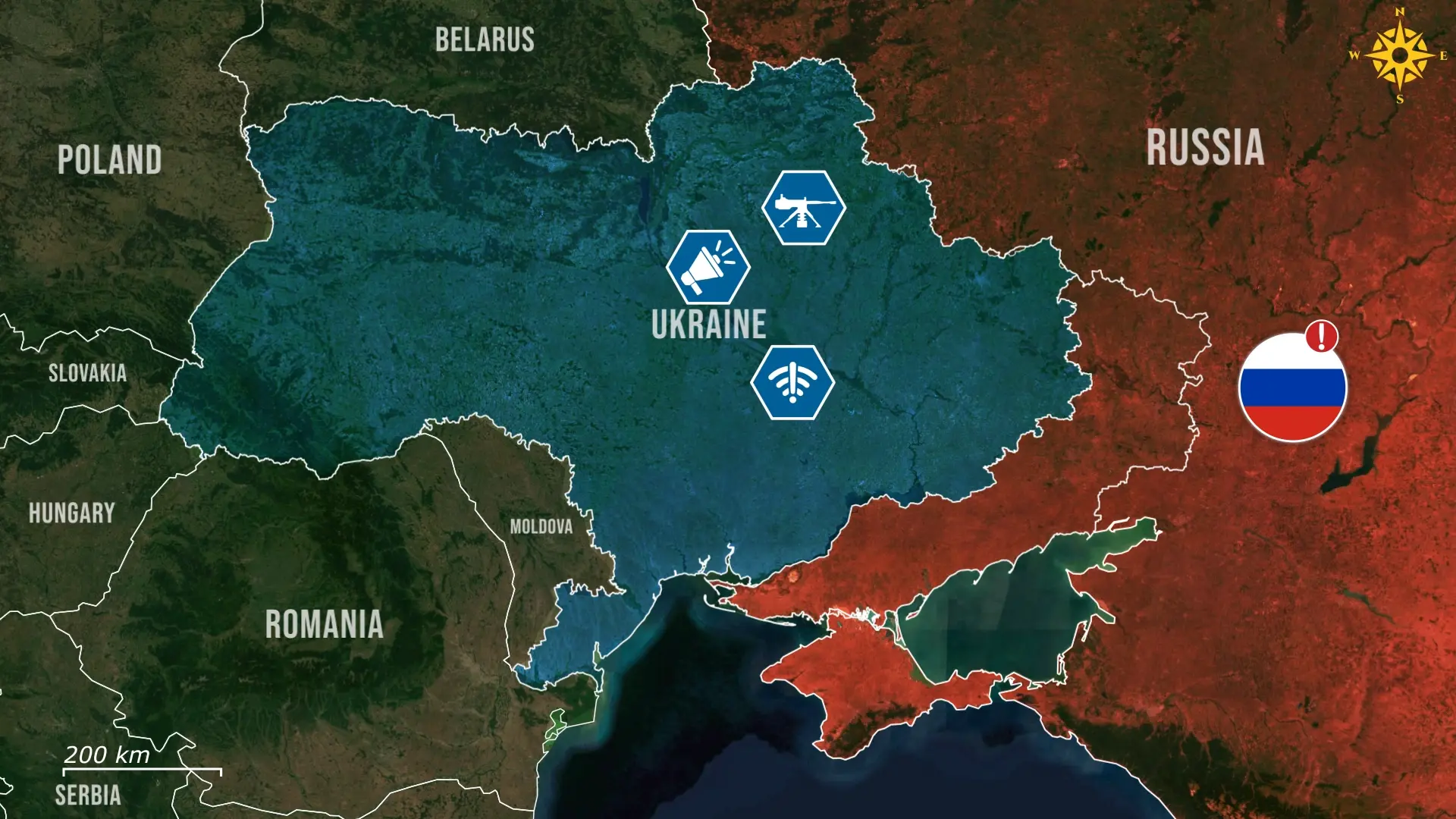








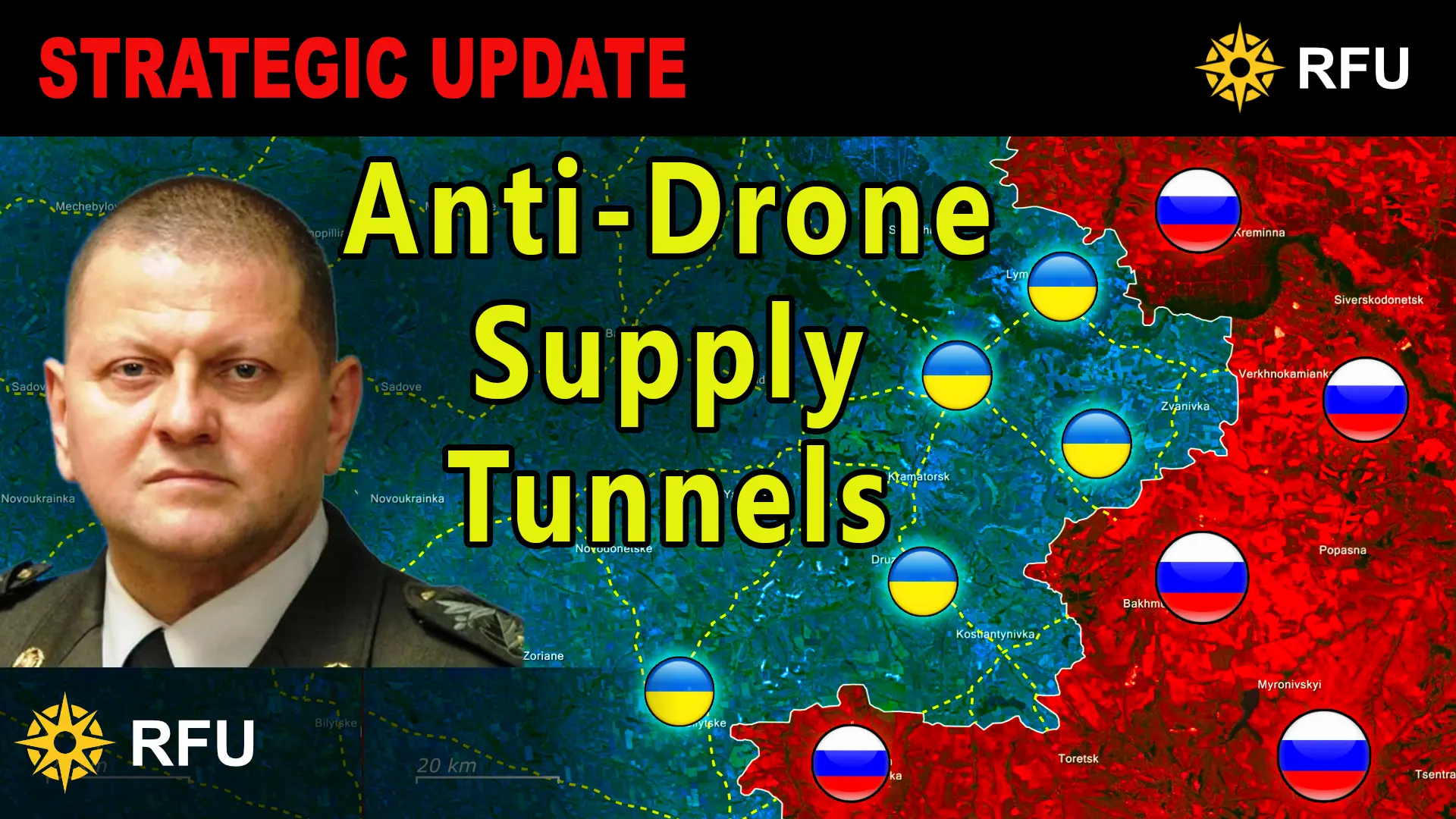
.jpg)
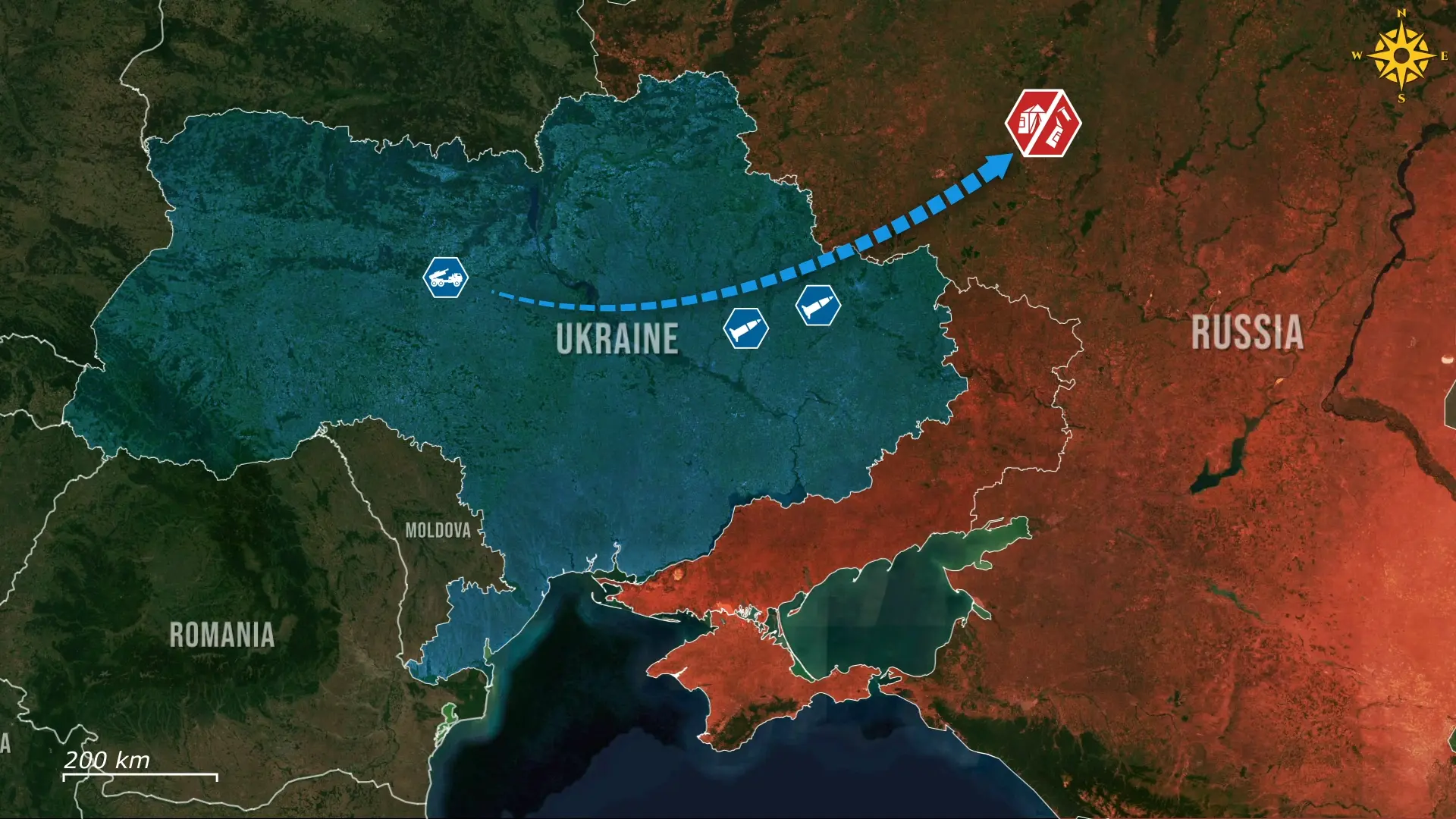
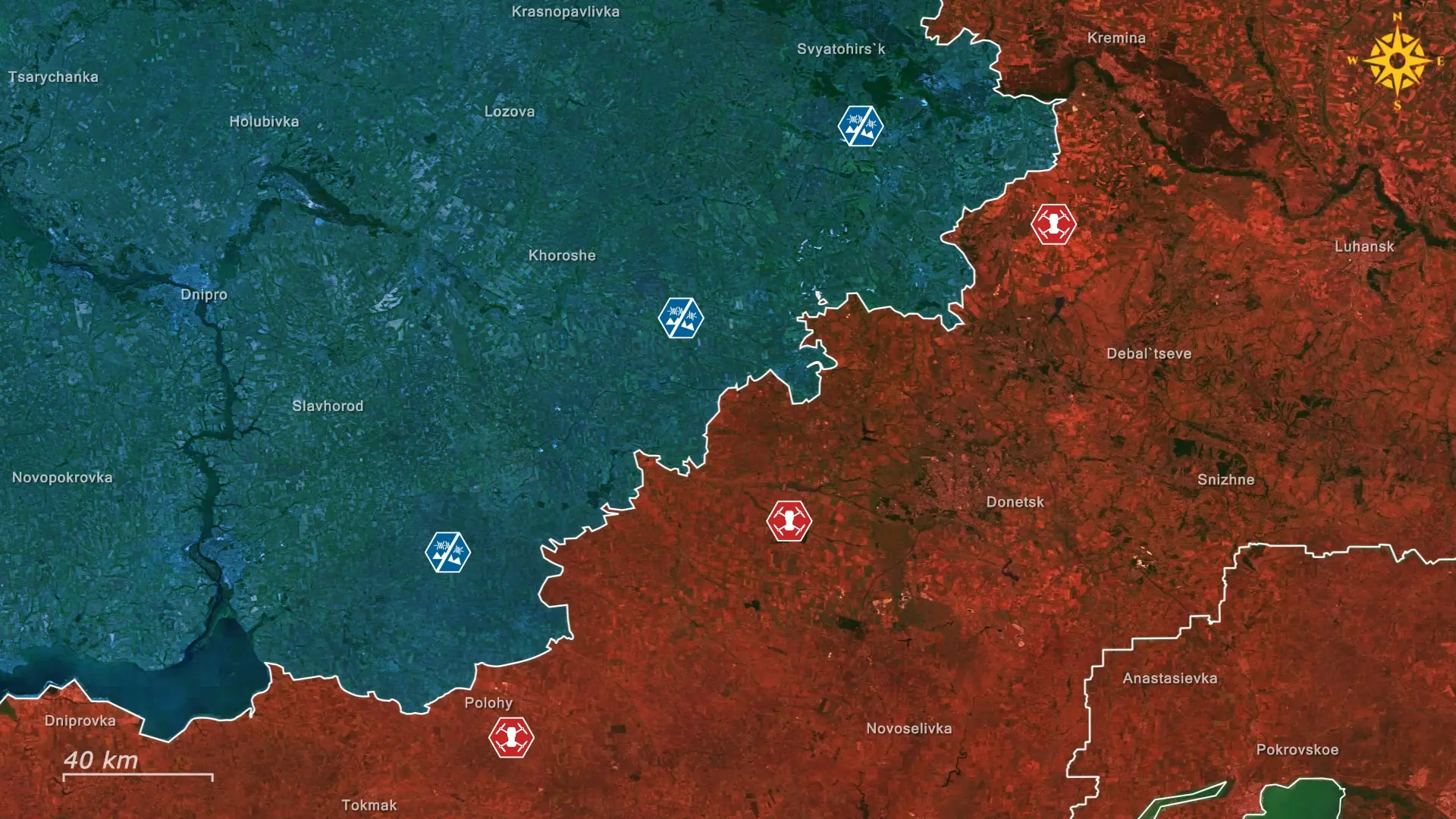



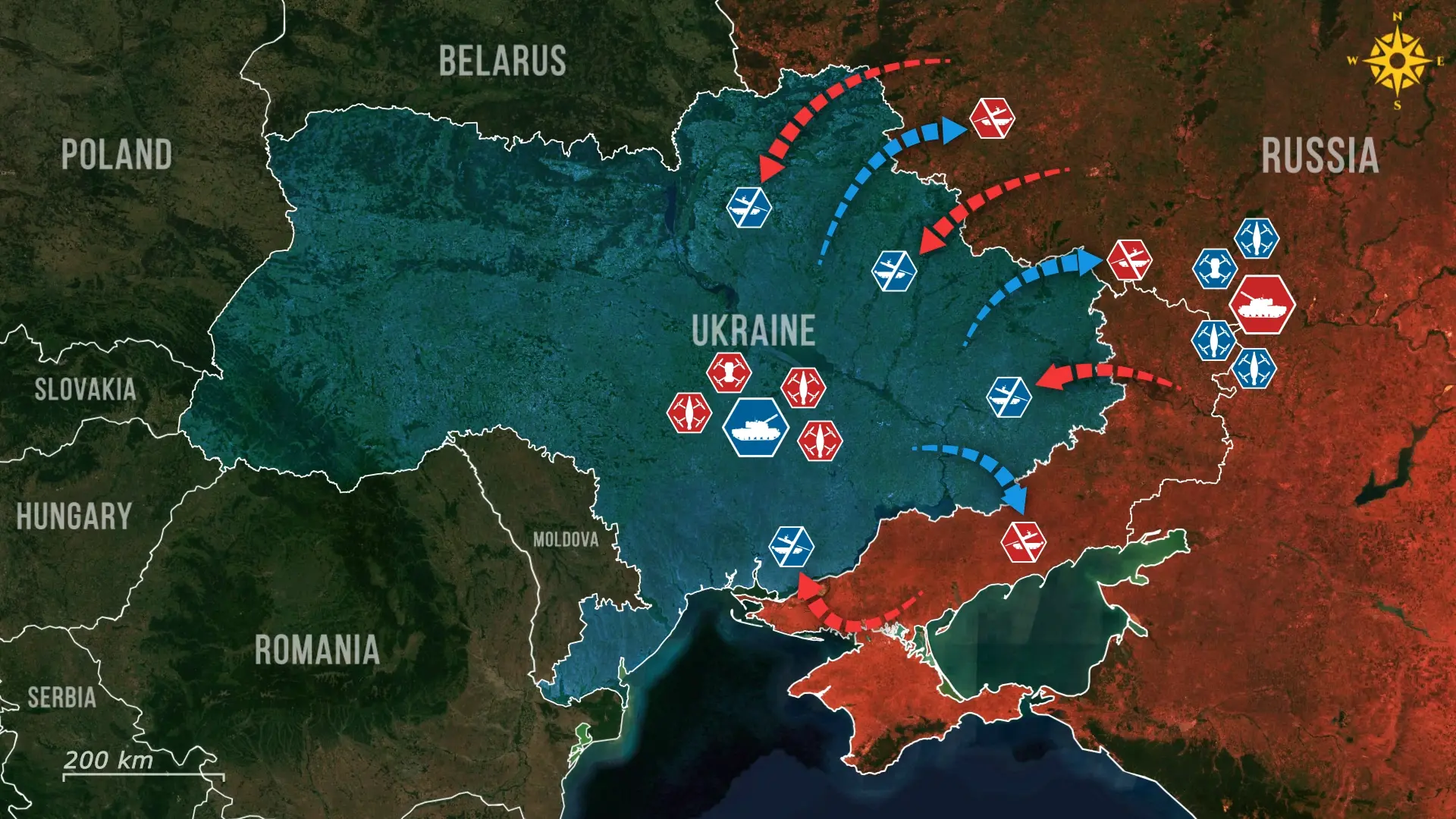
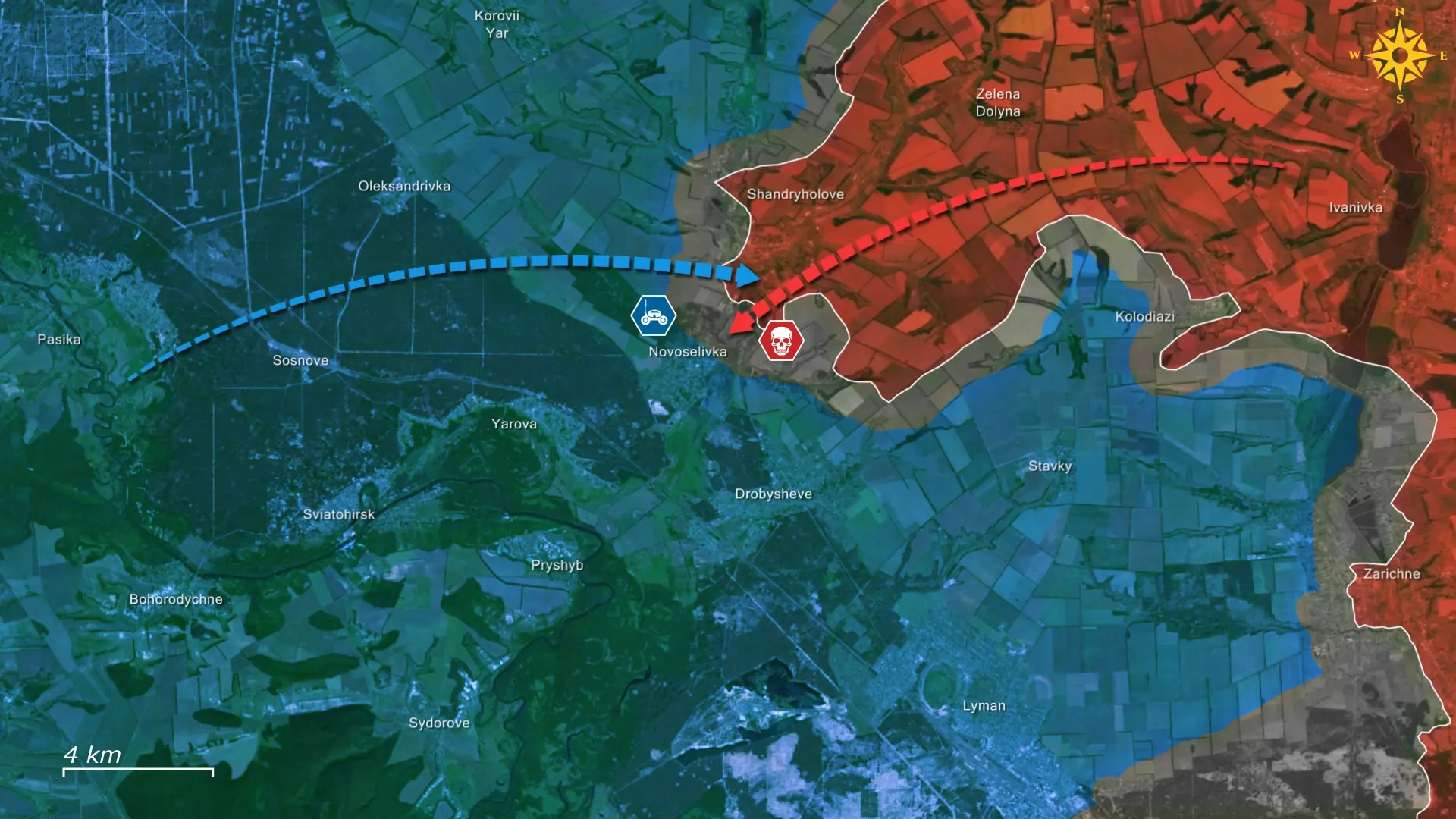
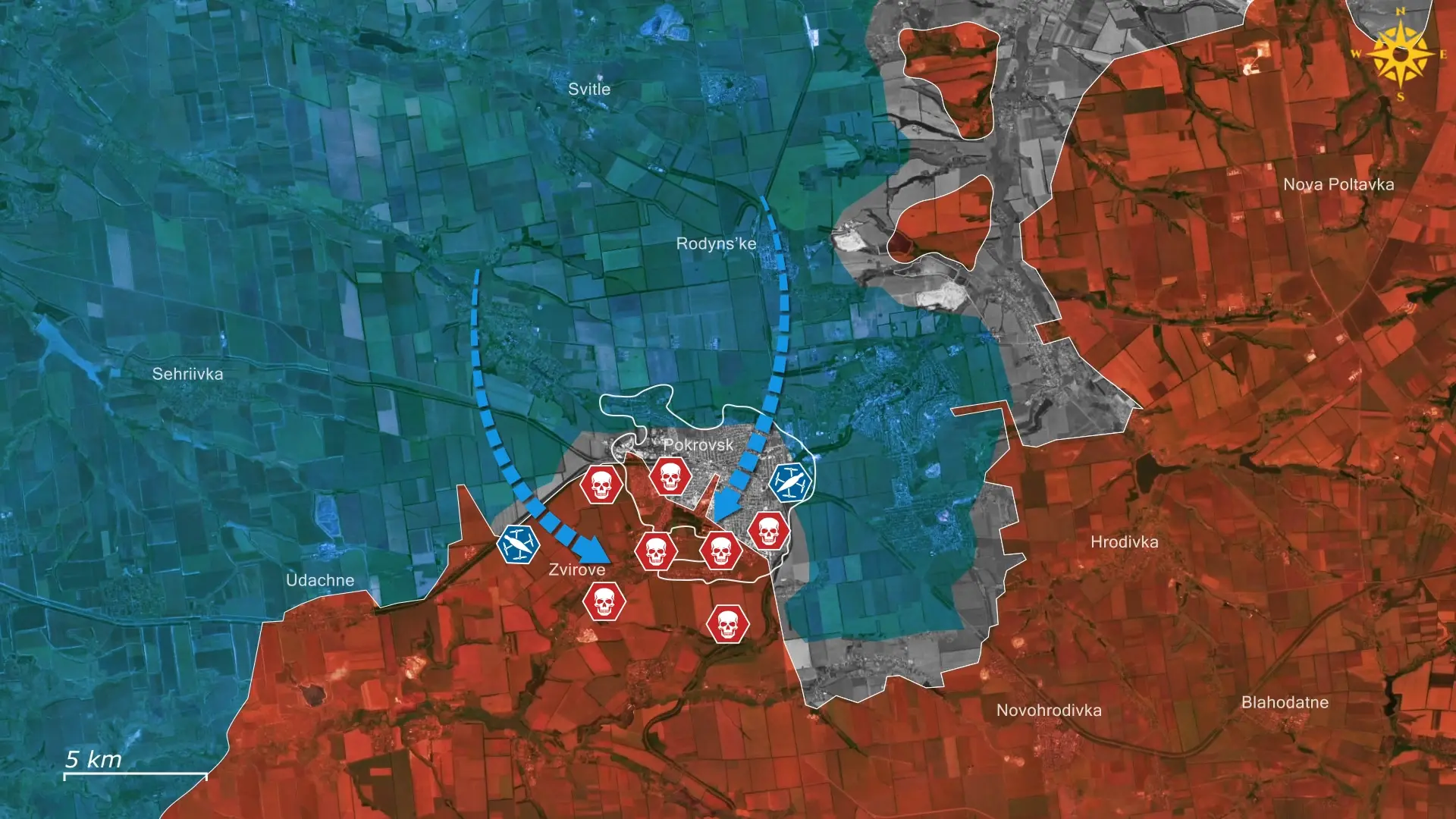
Comments